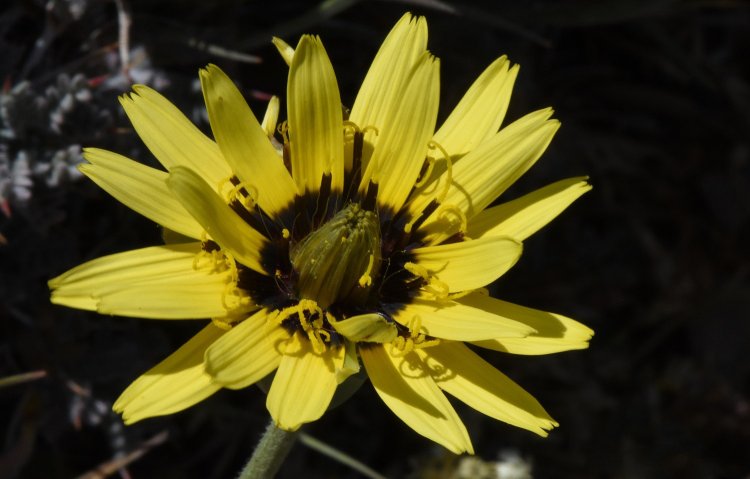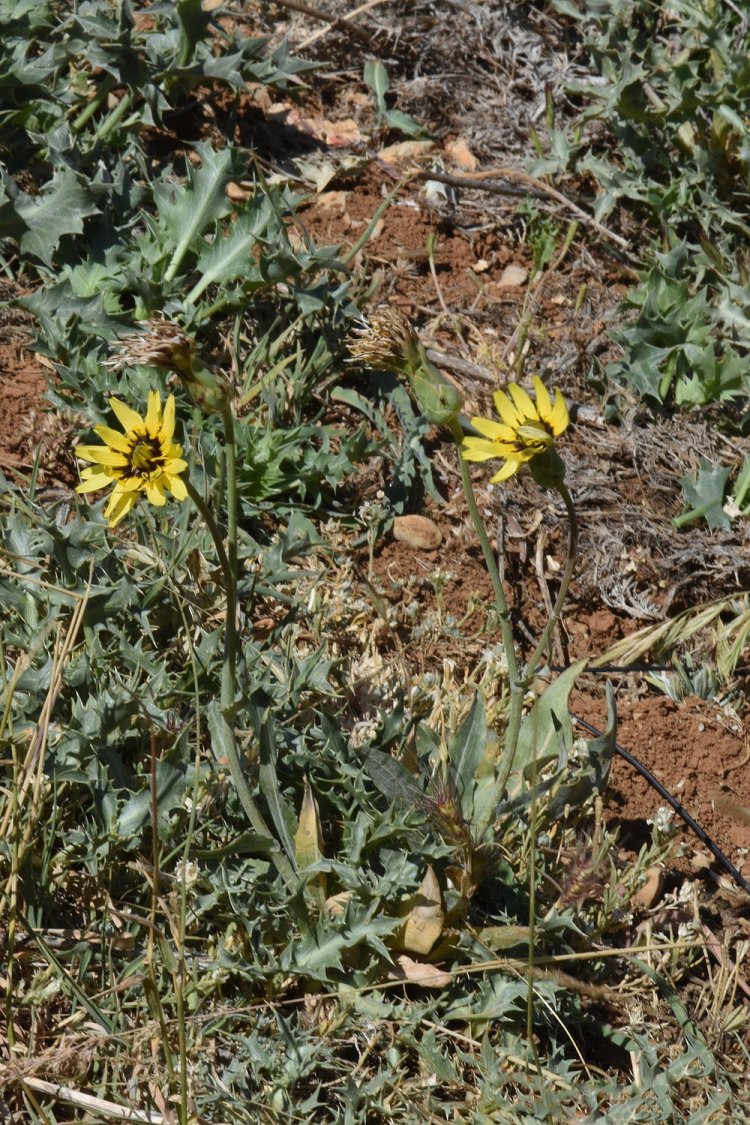The Travelers Were Excited: "We Discovered a New Plant in Israel." But What's the Truth?
Israeli hikers reported discovering a new plant called "Rhagadiolus" in Israel, but it turned out to be a species already existing for years. What led to the excitement? The scientific director of the Botanical Garden reveals.
 Ori Fragman-Sapir
Ori Fragman-SapirThere was great joy in the world of botany last week when Israeli hikers reported discovering a strange and unidentified new plant in Hermon, at a height of 2000 meters above Bolan Valley.
The hikers, who seem to have a special fondness for Israel's flora, checked plant guides. After seeing that no such plant existed in the country, they concluded it was a new species of Rhagadiolus. While its leaves resemble the common shaggy Rhagadiolus often seen in Israel, its yellow and red flowers create a dark hue in the center, marking it as a different species. The excited hikers quickly consulted professionals who identified the plant as "Rhagadiolus libani." Consequently, news emerged that a new Rhagadiolus plant was documented in Israel, previously found only in the Lebanese ranges and mountains facing Lebanon.
 Photo: Ori Fragman-Sapir
Photo: Ori Fragman-Sapir Photo: Ori Fragman-Sapir
Photo: Ori Fragman-SapirHowever, after consulting with Ori Fragman-Sapir, the scientific director of the Botanical Garden at Givat Ram and the site of Israel's vegetation, he managed to disappoint: "Firstly, finding a new flower is not a rare case. In fact, each year there are cases of people intentionally or unintentionally introducing new plants to the country. Conversely, there are cases where a flower is not new at all, but a local species not previously noticed, yet always existed.
"As for the Rhagadiolus libani, it was there all along; we just hadn’t noticed it. It was discovered this year by hikers and was consequently defined. It doesn’t lessen the joy of discovering it, but it’s not something rare that never existed before."
And what’s commonly done in such situations to preserve the flower?
"Initially, we try to document how many such plants exist in the country and in which locations. Afterward, we analyze the findings and recommend conservation methods for each plant accordingly. Conservation methods differ for each case. Discovering a new plant in a country doesn’t always necessitate its proliferation as part of the landscape. Sometimes we conclude it can remain scarce, as it has been until now."
On the other hand, are there flowers that existed in the country in the past and no longer exist?
"It happens often because in dense Israel, nature is highly affected, and many plants disappear before our eyes. We focus on conservation at natural sites, but also try to establish new populations in new natural sites and botanical gardens."
Fragman-Sapir emphasizes that their greatest concern is "invasive plants" that might compete with the local species around them, prevent their growth, harm agriculture, or cause other damages. "In cases where such plants are discovered, it’s very important for the public to bring it to our attention," he clarifies, "so we can understand exactly where the plant comes from and address the source."

